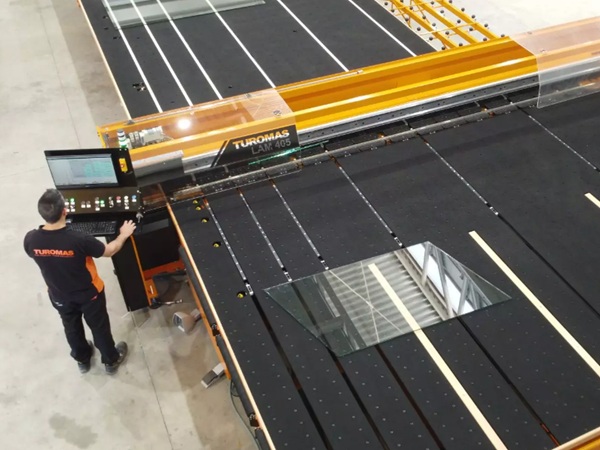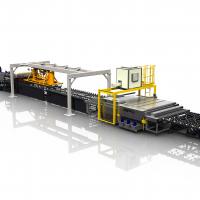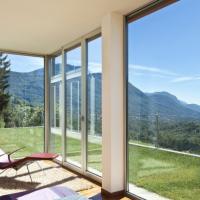Date: 30 June 2015
You just need to fast forward to the modern-day market, from a time when glass was only available in a single thickness and colour, to see that investment in research and development and innovative technologies now ensure our customers have access to a wide variety of advanced glazing technologies.
Making a breakthrough
There have been a number of landmark moments in the history of glass manufacturing, but the two most significant innovations have to be the introduction of laminated glass in the 1920s and coated products in the 1970s. Both have dramatically enhanced the functionality of a traditional pane of glass.
Laminated glass is made by bonding panes together with a layer of polyvinylbutyral (PVB). The glass is subjected to heat and pressure, creating both a chemical and mechanical bond which improves its impact safety, durability and acoustic-insulation capability. Primarily used for its safety, it can also provide resistance to penetration, making it suitable in a wide range of security applications. Installing glass that keeps people safe but is also visually appealing is indispensable when it comes to modern building design.
By adding coatings, laminated glass can be combined with other functions for additional comfort or capability, including low-emissivity, self-cleaning or solar control properties. In 2012, we invested £36million in a state-of-the-art off-line glass coater at one of our sites in St Helens, a significant investment which enabled us to offer our customers a more advanced product range.
Combination is key
Whilst laminating glass provides a number of benefits, it’s the ability to combine this with additional coatings which has had a marked impact on the industry, and the end user.
The ability to both laminate and coat glass has led to a seven per cent increase in demand for these types of glazing products in mainstream applications each year since introduced. For example, laminating two panes of Pilkington OptiView™ anti-reflective coated glass will significantly enhance the transparency of the pane as the two coatings work together to reduce the reflectance from the glass to below two per cent.
Where are we heading?
A drive to incorporate even greater functionality in a single window is already having an impact on the evolution of float glass manufacturing, and it will continue to do so. We have already seen major advancements and it’s exciting to imagine what the future will hold when you consider the ongoing investment we’re making in research and development activity.
The full article can be accessed here.




























Add new comment